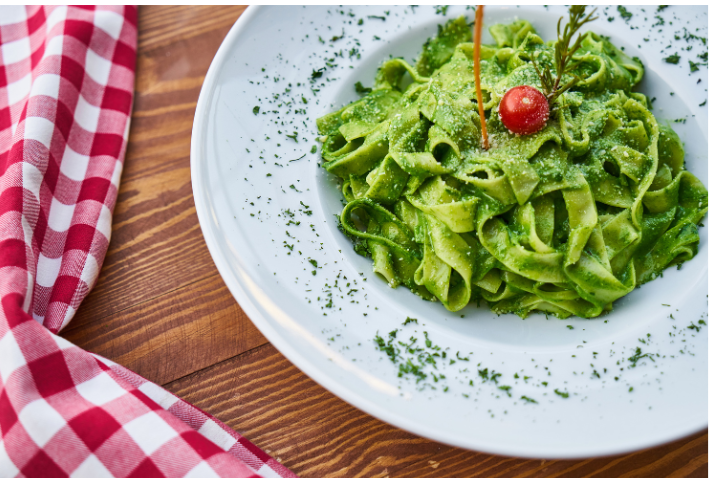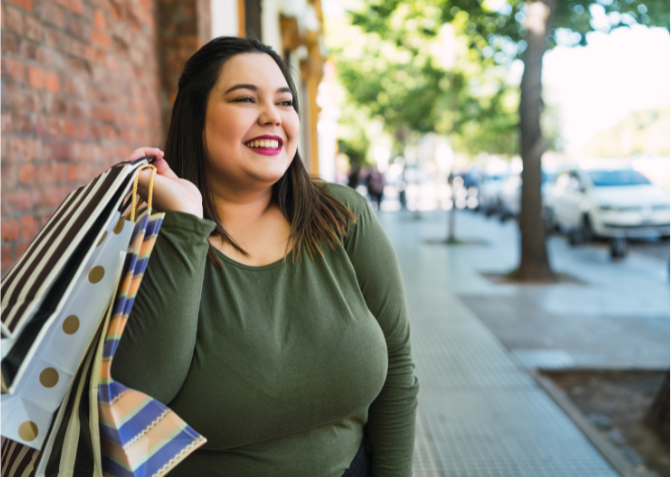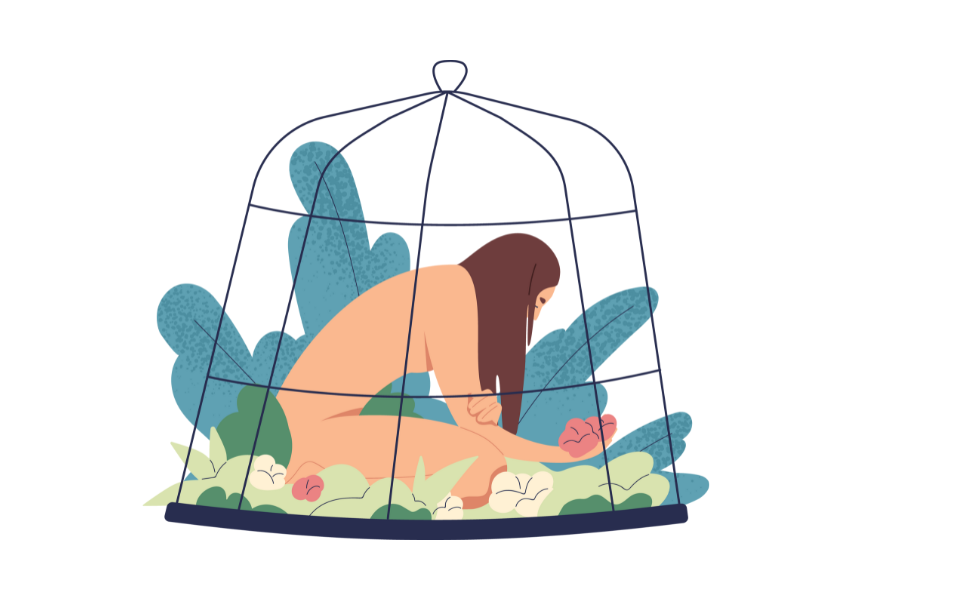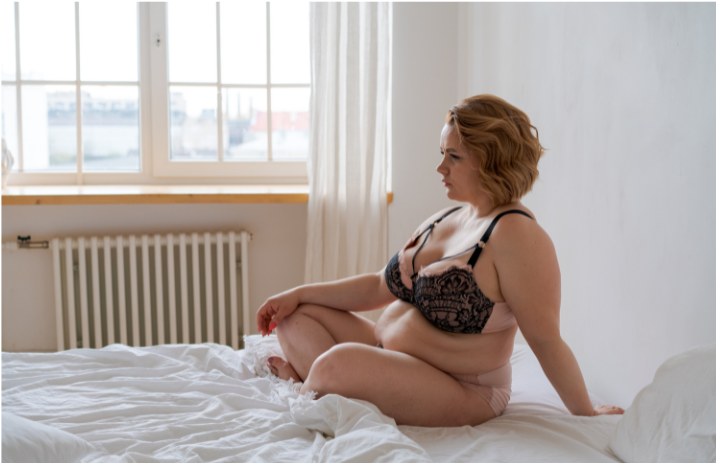
I deepened my counseling studies also for myself—to rationalize what, perhaps, had always been instinctive.
I was seven the first time I heard someone talk about my weight. From behind the kitchen door, I listened in. It was my father, worried about how much weight I had gained over the past year. He was speaking anxiously with my mother. A tonic treatment, meant to help, had unexpectedly changed my body for a couple of years, making it gain weight. That’s what they said.
No tearful stories—at school, I was well-liked. Of course, there were a few who had fun teasing those who were “different.” I always responded—verbally and physically. (Yes, I was a little girl who didn’t keep her hands in her pockets), defending myself and anyone I felt was a target of mockery.
Seven years later, I decided to stop eating—so that body of mine would finally become thinner. One fainting episode, alarm bells. And finally, the doctor recommended a nutritionist. Finally, because that was my great wish. He would know what to do. And my mother would have to follow the doctor’s orders!
Spoiler: at fifteen, I was sent to the nutritionist alone. I followed the diet, cooked the meals myself. I learned that my body responds to stimuli, that there are “good” and “bad” foods—the latter falling under the category of “cheat.” Ah, but I didn’t cheat. I followed the plan, determined and proud. If I did cheat, I’d make up for it. I used that same grit to pursue my academic studies.
Over the years, food became a way to communicate my emotions, to reward myself, to punish myself. Sometimes, to celebrate. Rarely, to nourish. Until a few years ago.
Then I came across Body Positivity. I looked at it critically. What were they trying to convince me of? Something resonated. But what?
I delved into Diet Culture, Mindful Eating, and the history of women’s bodies in society. When did we begin to let others decide how we should be? What shape we should take to be loved? A long time ago.
Today, many of us reject diet culture—as restriction, as a food plan aimed solely at thinness, as glorification of aesthetic standards dictated by designers. But it’s not enough. Especially not for the young—though less so for boys.

Only 3% of TikTok content is inclusive and speaks about bodies—all bodies—without judgment. The rest is a hymn to thinness, to being fit. “What I eat in a day” content multiplies, posted by models or slender young girls. As if what you eat could work for all bodies, producing the same result. Every day, a new meal replacement, a new “de-bloater,” a new drink or hack to lose weight.
Meanwhile, the West grows increasingly obese. Billions invested in drugs to treat obesity and its related diseases. Billions wasted on junk food, ultra-processed, flavored, numbing food.
Since the postwar era, we’ve witnessed radical social, cultural, and structural changes in how we live in our bodies. New aesthetic ideals have been imposed—mostly on women. We’ve altered our bodies with new habits, built a new economy in which we’ve sought recognition, a new family, a new body, and a new food to feed it. And not always has change meant evolution.

The theme that returns, more than seventy years later, is still the same: a lack of listening.
We’ve stopped listening to ourselves. To the physiological signals of our body. In an age full of scientific and clinical resources, we’ve stopped noticing when our body is in distress. We ignore the rhythm it longs to follow, impose new ones, numbing it when it sends out distress signals. We’ve stopped listening to hunger. (Do we even feel it anymore?) The hunger of our cells, craving energy. The hunger of the eyes and mouth, while eating in front of a screen. Some of us feel only the “hunger of the heart”—that unfillable void we try to stuff with food, often devoid of nutrients but rich in artifice, making us feel satisfied—for a few hours. And guilty.
In Mindful Eating, or conscious eating, I found what I had never found—or perhaps never sought: listening to myself. The kind of listening from which awareness arises—that perhaps this hunger should neither be silenced nor tamed. It should be understood. Welcomed. Where does it come from, and why doesn’t it subside?
We learn that there are different kinds of hunger—and not all of them can be satisfied with food. Not if it’s hunger of the heart.
To accompany the body in choosing a food it truly wants and needs. To taste a dessert—and perhaps not finish it. And not call that a “cheat.” I believe that love and acceptance of one’s body in the world—and the fight for its inclusion without discrimination—must pass through nourishment.

Only by loving our bodies and nourishing them adequately can we become ready, strong, and determined to pursue the goal of inclusion and the dismantling of aesthetic ideals rooted in performance and forms defined by a male-centric world.
Our body, our skin—it is our first interface with the world, the first means of communication we possess. To mortify it, to reject it, to erase it—none of this will ever win us the place we deserve, nor the love every being longs for.
My role as counselor, consultant, or health coach—call it what you wish—is a role I strongly desired and for which I have worked diligently. It allows me to promote pathways toward awareness, including around food. Because a holistic approach cannot disregard it.
Yet this is not a prescriptive approach.
In the face of a diet culture that promotes restrictive, dysfunctional behaviors, reinforces discrimination and social inequality, and imposes unattainable aesthetic ideals, we have one powerful tool: awareness. Our own awareness.
A path toward the well-being of body, mind, and spirit is built on awareness—not on a pill. Not on someone else doing it for us. It is an act of love toward ourselves.
And once awareness is trained, it rarely abandons you—or you it.
Invest in yourself. In a journey inward. Simple and clear.
It will last longer than your last protein shake.
I’ll be here, if you wish—to speak together about what well-being means to you.
g.l.

